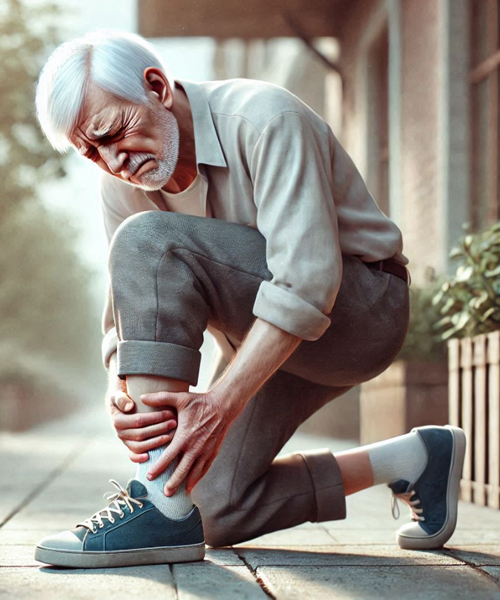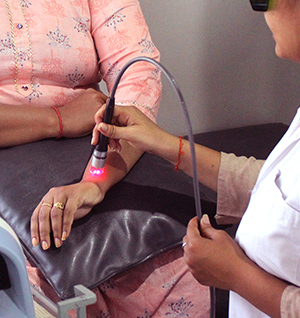

Our Advanced Treatments
Gait Deficits
Gait Deficits: Overview
Gait deficits refer to abnormalities or impairments in the way a person walks. These deficits can result from various underlying conditions such as neurological disorders, musculoskeletal issues, or injuries. Gait deficits can significantly impact a person's mobility, independence, and quality of life.
Common Causes of Gait Deficits
-
Neurological Disorders: Conditions such as stroke, Parkinson’s disease, multiple sclerosis, and cerebral palsy can affect the nervous system and lead to gait abnormalities.
-
Musculoskeletal Issues: Arthritis, joint pain, fractures, and muscle weakness can impair gait.
-
Injuries: Traumatic injuries to the legs, hips, or spine can result in gait deficits.
-
Age-Related Changes: Aging can lead to decreased muscle strength, joint flexibility, and balance, contributing to gait abnormalities.
Challenges in Physiotherapy
Physiotherapy is essential for managing gait deficits, but it can present several challenges:
-
Individual Variability: Gait deficits vary widely among individuals, requiring highly personalized treatment plans.
-
Functional Limitations: Patients often face significant mobility challenges that impact their ability to perform daily activities.
-
Long-Term Management: Many gait deficits require ongoing management and rehabilitation.
Recovery Methods
Neurotherapy
Neurotherapy, also known as neuromuscular therapy, focuses on improving the function of the nervous system. Techniques such as neurostimulation, neurofeedback, and motor control exercises can help improve muscle function, coordination, and reduce spasticity.
Physiotherapy
Physiotherapy involves a range of interventions to manage gait deficits:
-
Gait Training: Specific exercises and techniques designed to improve walking patterns and efficiency. This may include treadmill training, overground walking, and the use of assistive devices.
-
Manual Therapy: Techniques such as joint mobilizations, soft tissue mobilizations, and stretching help improve mobility and reduce pain.
-
Strength and Conditioning: Tailored exercise programs focusing on strengthening muscles, improving balance, and enhancing endurance.
-
Balance and Coordination Training: Activities designed to improve proprioception, balance, and coordination are crucial for patients with gait deficits.
-
Assistive Devices: The use of walkers, canes, orthotics, and other devices to support and enhance mobility.
Orthopedic Treatment
Orthopedic interventions may be necessary to address musculoskeletal issues contributing to gait deficits:
-
Bracing and Orthotics: Custom-made braces or orthotic devices to support joints and correct abnormal walking patterns.
-
Surgical Intervention: In cases where conservative treatments are ineffective, surgery may be considered to correct structural issues.
Laser Therapy
Laser therapy can be used to reduce pain and inflammation, promoting healing in patients with gait deficits. Low-level laser therapy (LLLT) can enhance tissue repair and support nerve function.
Conclusion
Managing gait deficits involves a combination of tailored therapy, assistive devices, and lifestyle modifications. Each treatment method has its own benefits and can be customized to the patient's specific needs to ensure effective management and improved quality of life. For comprehensive solutions and expert care, consider consulting a physiotherapy clinic that specializes in gait rehabilitation.
Get An Appointment